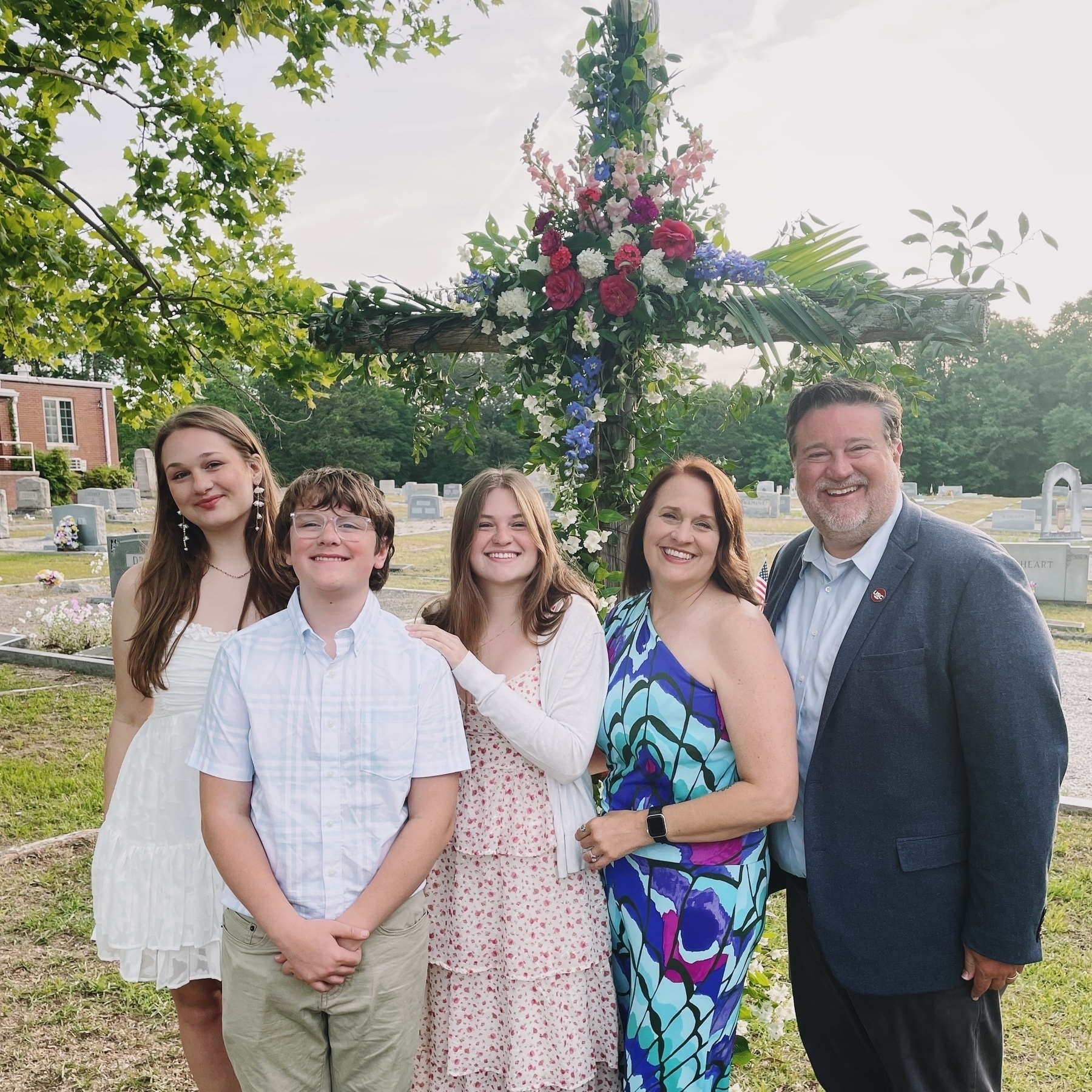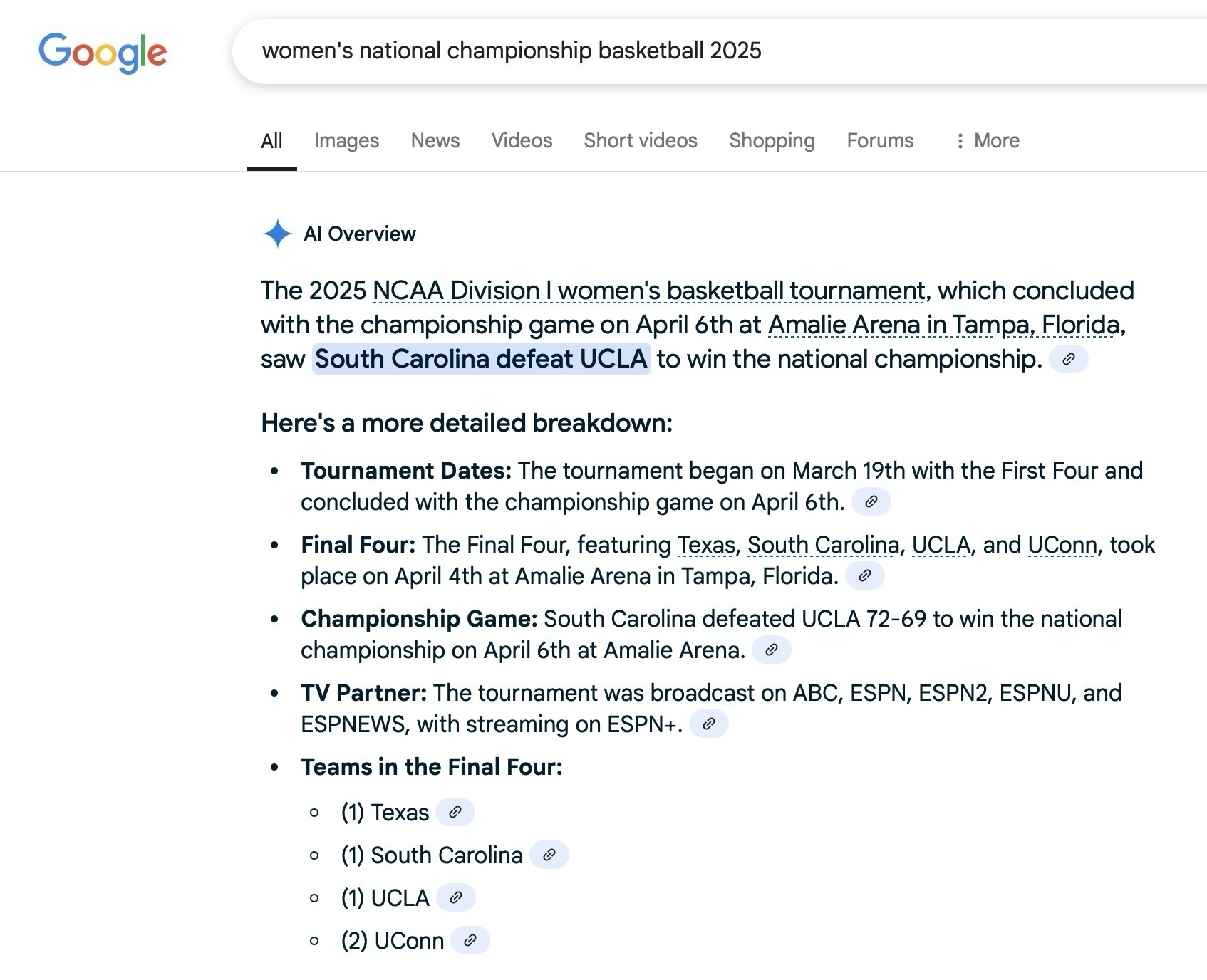I need to finish a couple of class projects for the semester, but instead, I’m designing typefaces.
Clean Slate
Slate Auto announced their new electric pickup truck this week, and I’m intrigued. If you haven’t heard about it, the Slate is a barebones electric truck — intended to be customized — all for under $20,000 with current Federal EV incentives.1

Some of these ideas have been tried before. Jeeps have always promoted modularity and customization. The Slate uses plastic body panels like Saturn did. Toyota tried to target youth with Scion, which was intended to be heavily customizable. But Slate takes these concepts further. Much further:
- The Slate comes in one color – gray – because they intend for you to customize it with a vinyl wrap. Wraps are apparently cheaper than paint and with a wrap, you can get any design or color you can imagine. (I built the green version above using their online configuration app.)
- Hand crank windows.
- No screen. No speakers. But you can add both if you want them. I’m fine using my phone as the entertainment system and adding speakers.
- It starts as a pickup, but it can be converted into an SUV. Or a Fastback. Or a Jeep-style open air vehicle.
- “Slate University” teaches you how to take care of your own vehicle and customize it.
I love the base pickup, but the fastback looks great too. 150-mile range is plenty for my commute. I’m sick of boring car colors, and as a designer, I’d love to customize the wrap. The base safety tech checks all the boxes. It’s a completely different direction than every other car manufacturer is taking, and I can’t wait to see how it all comes together.
Bob Wertz is a type designer, Ph.D. student and researcher living in Columbia, South Carolina. He’s been blogging since 2008.
-
That’s if the current administration doesn’t destroy the EV market. ↩︎
The Cubs' offense is fun to watch this year. I’m glad they score lots of runs, because the team sure gives up lots of runs.
Return to Fontstruct
About 16 years ago, I started playing around with Fontstruct, an online tool for crafting modular typefaces. I’ve released 48 designs on Fontstruct and some of those have served as prototypes for designs that I finish in Glyphs, my favorite type design app. I tend to work in Fontstruct intensively for a while, and then disappear for a year or more. But I love the tool and contribute as a “Patron.”
Lately, I’ve been on quite the streak.
SbB Papaya. I was watching F1 and McLaren uses some modular numerals on their cars. Based on those numbers, I built an entire design. I wasn’t sure if the look was going to extend through the whole character set, but the design actually works pretty well. And as a bonus, the Fontstruct team selected it as a top pick.

SbB Powercore. I’ve had some drawings in my sketchbook of a unicase design that I like a lot, but haven’t gotten around to building. I wanted to see how the letterforms would work together so I built a quick pixel-font prototype.

SbB Astrometric. I took the basic letterform structure of Powercore and tried different approach. I thought this would look vaguely sci-fi when I started to build it, but as I built out the character set, it had a somewhat older feel. Not sure why. I’m really happy with it and this is one of those fonts that I’ll likely rebuild and polish in Glyphs. I think the design would work well as a variable font design.

SbB Theorem. I built this a few years ago, and forgot about it. So I dusted it off and added a few additional characters that I skipped over earlier.

SbB Greenlight. All the cool kids are building color fonts on Fontstruct. It’s a feature that’s available for Patrons. I’d played with it once before to add some color to my Dingbots and Monsters design, but I hadn’t tried to build a color typeface. I built SbB Greenlight to experiment with the process of building a color design. I’m still not 100% sure why we need color fonts, but it’s a fun process and a pretty accessible tool for anyone that’s worked with design software like Illustrator or Photoshop that use layers to organize art.

You can download and use any of these1 if you set up a free Fontstruct account. I don’t know if I’ll keep up the pace, but I’m really enjoying building typefaces right now and I’m inspired by the other designers in the Fontstruct community.
Bob Wertz is a type designer, Ph.D. student and researcher living in Columbia, South Carolina. He’s been blogging since 2008.
-
Except for the color font. That’s a Patron exclusive. ↩︎
Happy Easter from Team Wertz!

Quick favor. I need a few more responses for a pilot study on social media use that I’m doing for a grad school class. It’s a simple Google Form. Completely anonymous and it won’t be used for published research. It’s just for practice – and a grade. Thanks!
Watching the Rocketeer because it’s fun to watch the good guys fight the Nazis.
Spent today at Augusta National with no phone or digital devices. It’s nice to be forced to unplug for the day.
I’m back to playing around on Fontstruct. Just published SbB Powercore, a unicase, pixel-inspired design. I’m digging this combination of unicase characters. Still a work in progress.

One thing about going back to grad school in your late 40s… everyone thinks you are a professor.
Getting back in the habit of writing one of my elected representatives every day.
Today, we are thankful for protective lacrosse goalie gear.
Great game, Gamecocks! So much depth. Looking forward to the National Championship game on Sunday. 🏀🐓
Google’s AI Overview has already declared that South Carolina defeated UCLA on Sunday for the National Championship.

Spring is finally coming to campus.

As a South Carolinian, I’m happy to see Cory Booker break Strom’s record.
Looks like the Women’s Final Four will be South Carolina + the three teams that beat them during the season… Texas, UCLA and UConn. I think these are the four best teams in the country. And while I’m a Gamecocks fan through and through, Paige Bueckers looks like she’s on a mission.
Saw this last week and I’m still thinking about it…
Procrastination is not a time management problem. It’s an emotion management problem.
Took the modular numerals from the 2025 McLaren F1 livery and built a font on Fontstruct.

I’m ready for an F1 race that doesn’t take place in the middle of the night where I live. I want to watch the Chinese Grand Prix tonight, but 3 am is… inconvenient. I love that this sport travels the world, but varied start times is one of the consequences of that.
Today was disappointing. Tomorrow will be better.
I’ve settled into a morning routine of playing Apple News+ games in the morning: Quartiles, Mini Crossword, Soduku. It’s funny that I play these games more than I play Apple Arcade games, which are also included in my Apple One bundle.
I accidentally started listening to an old playlist that is much happier and more upbeat than my normal playlist. And wow, that makes a difference.
Stayed up late last night to watch the Australian Grand Prix. Rainy races are so incredibly stressful.